Filter by
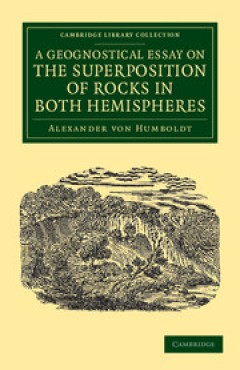
A Geognostical Essay on the Superposition of Rocks in Both Hemispheres
The explorer and multi-disciplinary scientist Alexander von Humboldt (1769–1859) was a prominent figure in the European scientific community of the eighteenth and nineteenth centuries and the first to make a scientific survey of South and Central America. His travels alone brought him widespread recognition, but the extensive field notes and research he undertook were developed further on his…
- Edition
- -
- ISBN/ISSN
- 9781139226875
- Collation
- -
- Series Title
- Cambridge Library Collection - Earth Science
- Call Number
- -
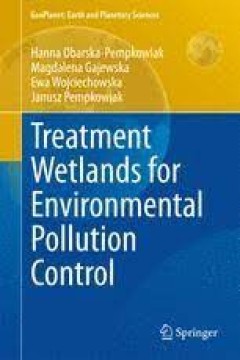
Treatment Wetlands for Environmental Pollution Control
The aim of this book is to present an overview of the state of the art with regard to the function, application and design of TWSs in order to better protect surface water from contamination. Accordingly, it also presents applications of constructed wetlands with regard to climatic and cultural aspects. The use of artificial and natural treatment wetland systems (TWSs) for wastewater treatme…
- Edition
- -
- ISBN/ISSN
- 978-3-319-13794-0
- Collation
- -
- Series Title
- -
- Call Number
- -
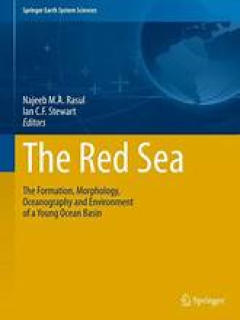
The Red Sea
This book presents a broad overview of the current state of knowledge regarding the Red Sea, from its geological formation and oceanographic development to the environmental influences on its ecology and the changes it is experiencing due to the rapid development of its coastlines and role as one of the world’s major transport routes. The book gathers invited contributions from researchers wi…
- Edition
- 1
- ISBN/ISSN
- 978-3-662-45201-1
- Collation
- IX, 638, 45 b/w illustrations, 406 illustrations in colour
- Series Title
- Springer Earth System Sciences
- Call Number
- -
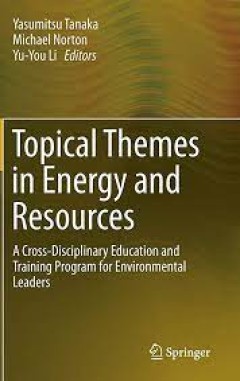
Topical Themes in Energy and Resources A Cross-Disciplinary Education and Tr…
This book combines issues several critical ones in the energy field (low-energy technologies, renewable energies such as the hydrogen economy, and geothermal energy). Moving towards a more sustainable world requires a complete revolution in the way we manage energy and resources. However, from an academic perspective, this theme is so broad that most educators and researchers tend to focus o…
- Edition
- -
- ISBN/ISSN
- 978-4-431-55309-0
- Collation
- -
- Series Title
- -
- Call Number
- -

Thermo-Hydro-Mechanical-Chemical Processes in Fractured Porous Media: Modelli…
The present book provides guidance to understanding complicated coupled processes based on the experimental data available and implementation of developed algorithms in numerical codes. Results of selected test cases in the fields of closed-form solutions (e.g., deformation processes), single processes (such as groundwater flow) as well as coupled processes are presented. It is part of the O…
- Edition
- -
- ISBN/ISSN
- 978-3-319-11894-9
- Collation
- -
- Series Title
- -
- Call Number
- -
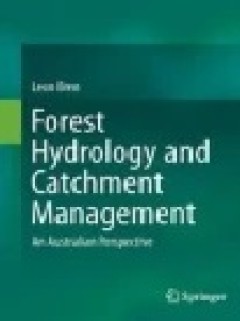
Forest Hydrology and Catchment Management
For the last three centuries forests have been recognised as providing the best water catchments and valued for their sustained output of high quality water. In Australia, work which was commenced fifty years ago has come to fruition and is providing new information on forest hydrology issues. The book focusses on the issues of small streams, including catchment definition, slope, hydrograph fo…
- Edition
- -
- ISBN/ISSN
- 978-94-017-9337-7
- Collation
- XIV, 268 hlm.
- Series Title
- -
- Call Number
- -
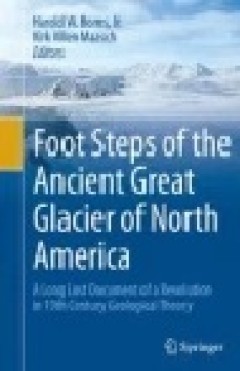
Foot Steps of the Ancient Great Glacier of North America
John K. DeLaski, M.D. practiced medicine in the Penobscot Bay region of Maine and, in addition, was a naturalist with keen powers of observation. His study of the landscape led to the conclusion that a thick glacier had overtopped the highest hills, flooded all of Penobscot Bay, extended far to the east and west and probably was part of a greater continental glacier. He published these very cri…
- Edition
- -
- ISBN/ISSN
- 978-3-319-13200-6
- Collation
- X, 202 hlm.
- Series Title
- -
- Call Number
- -

Geologic map of Chase County
Relief shown by contours.Includes text, location diagram, and composite stratigraphic section.Bibliography.
- Edition
- -
- ISBN/ISSN
- 1588068900
- Collation
- 1 map :col. ;97 x 85 cm.
- Series Title
- -
- Call Number
- -
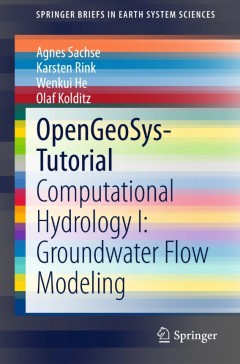
OpenGeoSys-Tutorial: Computational Hydrology I: Groundwater Flow Modeling
This tutorial on the application of the open-source software OpenGeoSys (OGS) in computational hydrology is based on a one-week training course at the Helmholtz Centre for Environmental Research in Leipzig, Germany. It provides general information regarding hydrological and groundwater flow modeling and the pre-processing and step-by-step model setups of a case study with OGS and related compon…
- Edition
- 1
- ISBN/ISSN
- 978-3-319-13334-8
- Collation
- XIII, 113
- Series Title
- SpringerBriefs in Earth System Sciences
- Call Number
- -
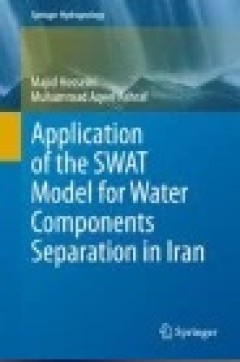
Application of the SWAT Model for Water Components Separation in Iran
Water balance studies for large and small river basins are the subject of this book. Here, the specific focus is on the soil and water assessment tools (SWAT) model coupled with geographic information system (GIS) remote sensing data for a comprehensive study. Some books available in the market provide an overview of different hydrological models for water balance but not specifically for the S…
- Edition
- Ed. 1
- ISBN/ISSN
- 978-4-431-55564-3
- Collation
- X, 105
- Series Title
- Springer Hydrogeology
- Call Number
- 551.48 HOS a
 Computer Science, Information & General Works
Computer Science, Information & General Works  Philosophy & Psychology
Philosophy & Psychology  Religion
Religion  Social Sciences
Social Sciences  Language
Language  Pure Science
Pure Science  Applied Sciences
Applied Sciences  Art & Recreation
Art & Recreation  Literature
Literature  History & Geography
History & Geography